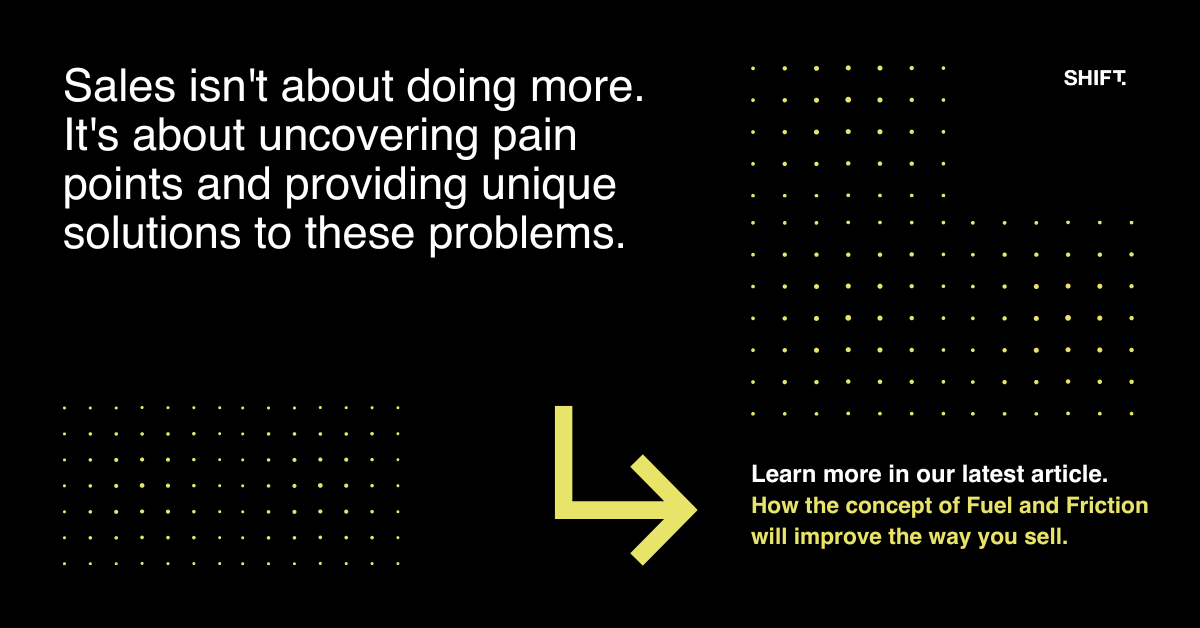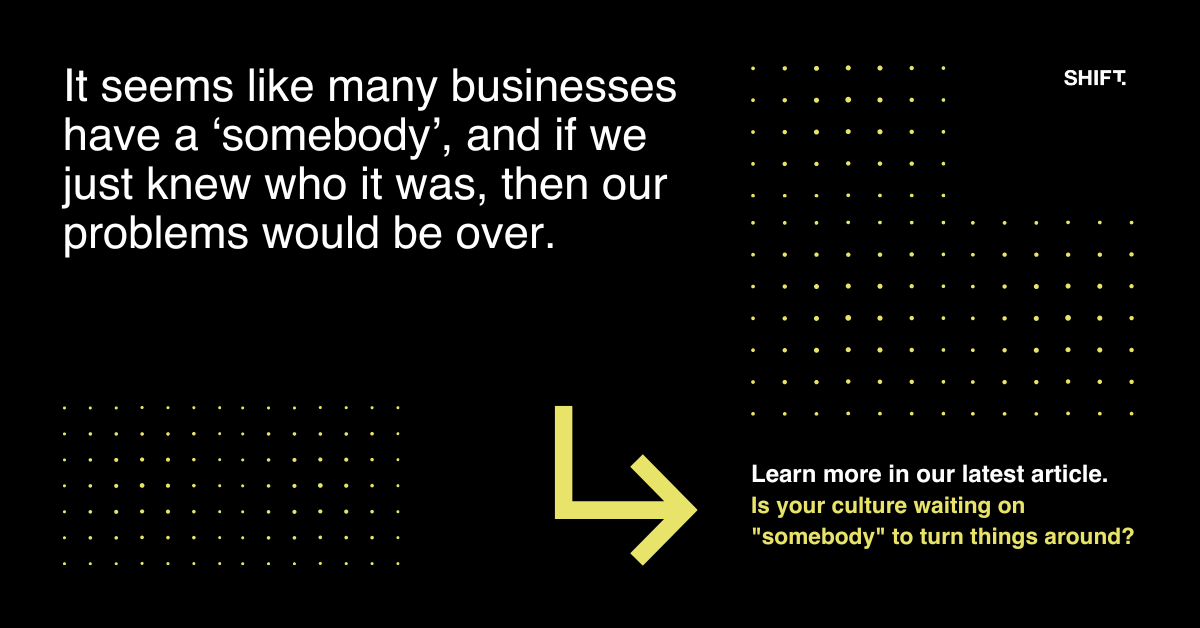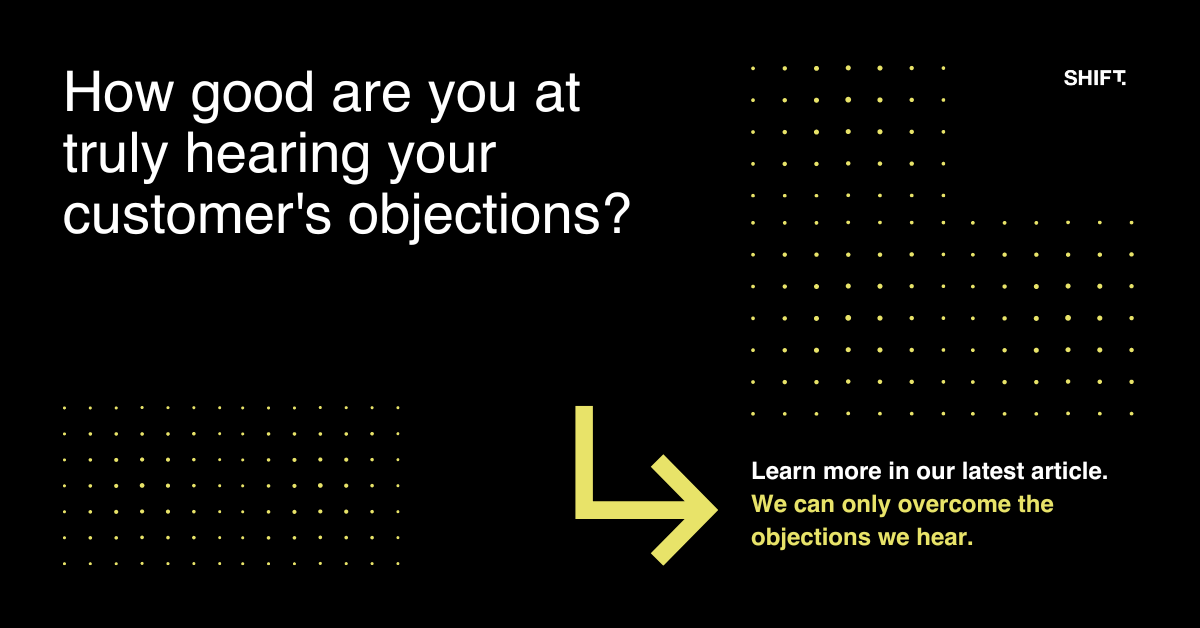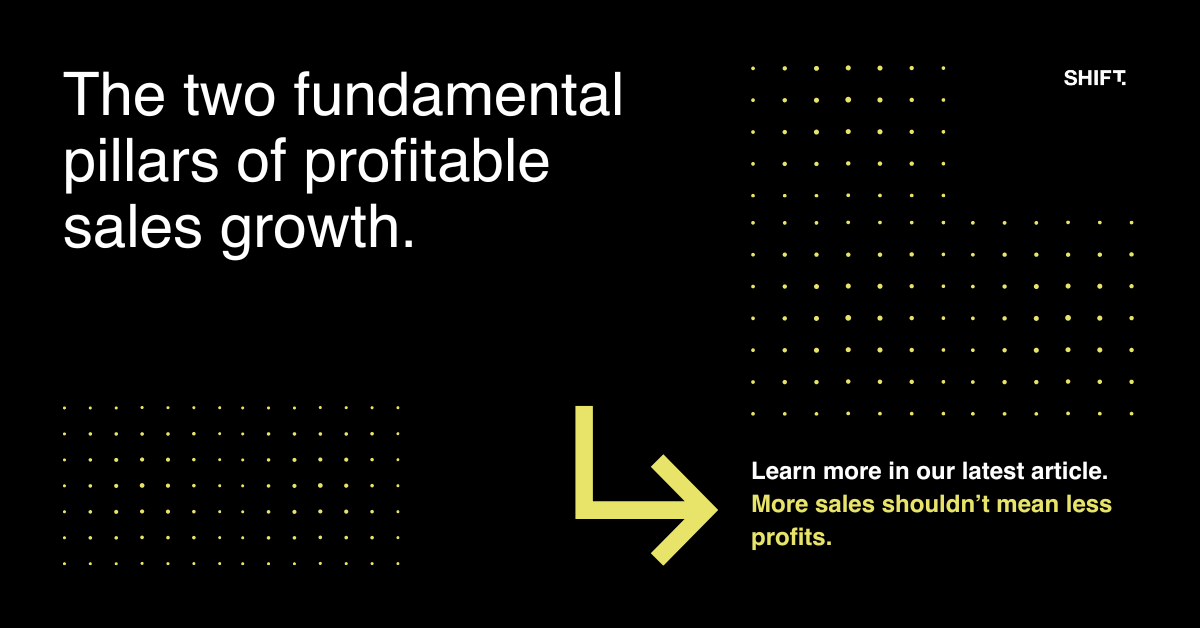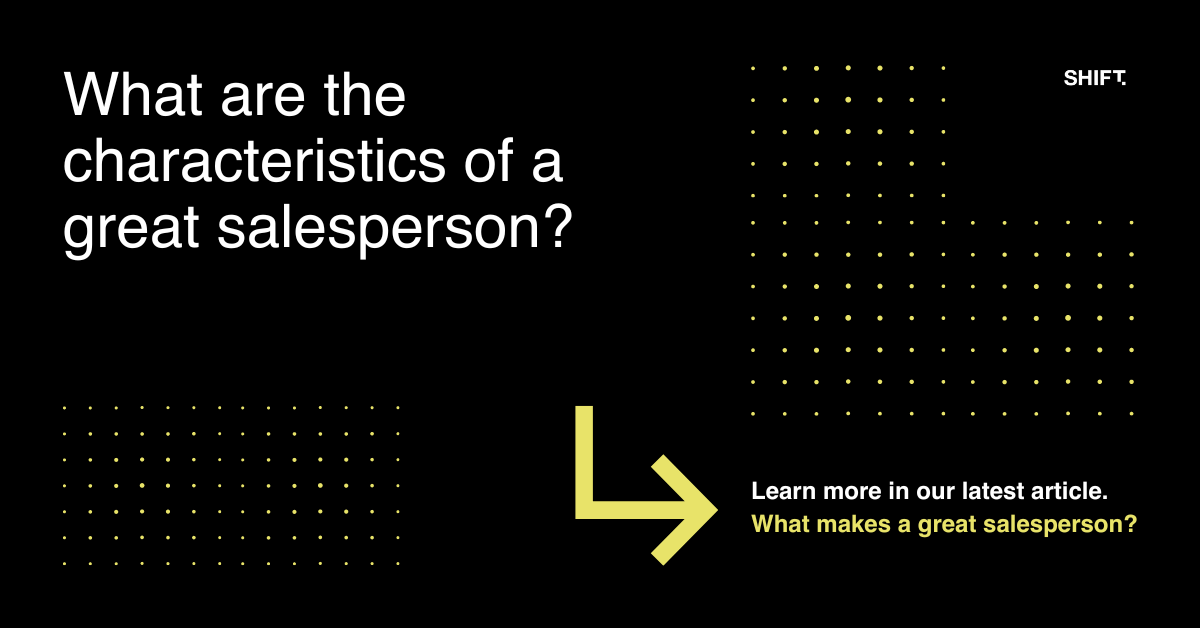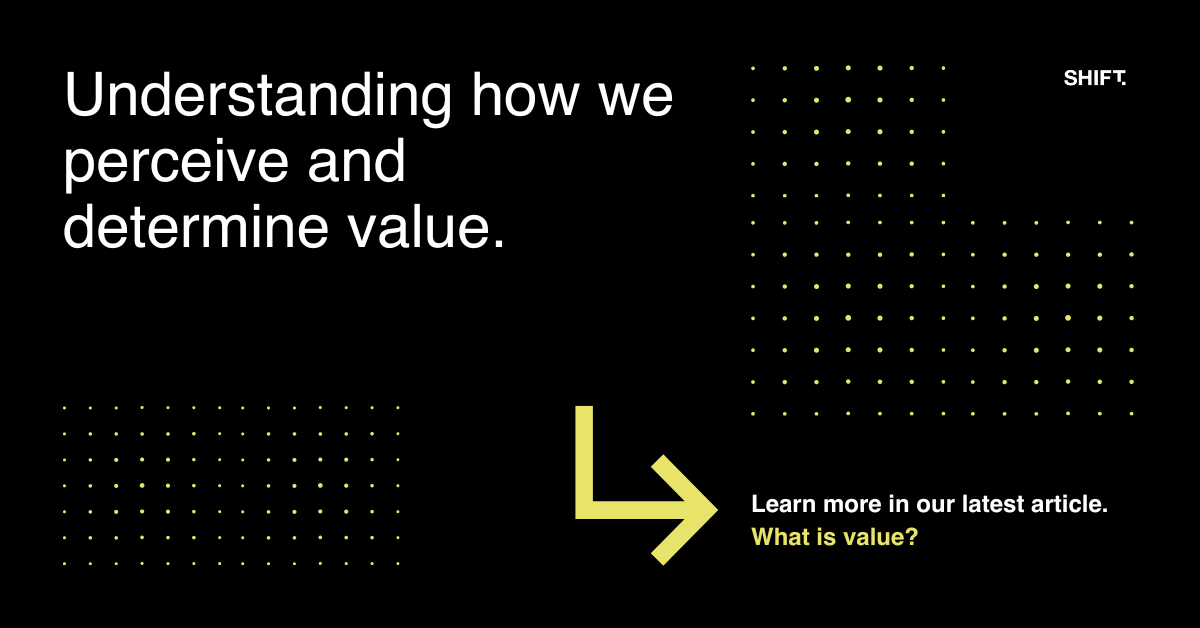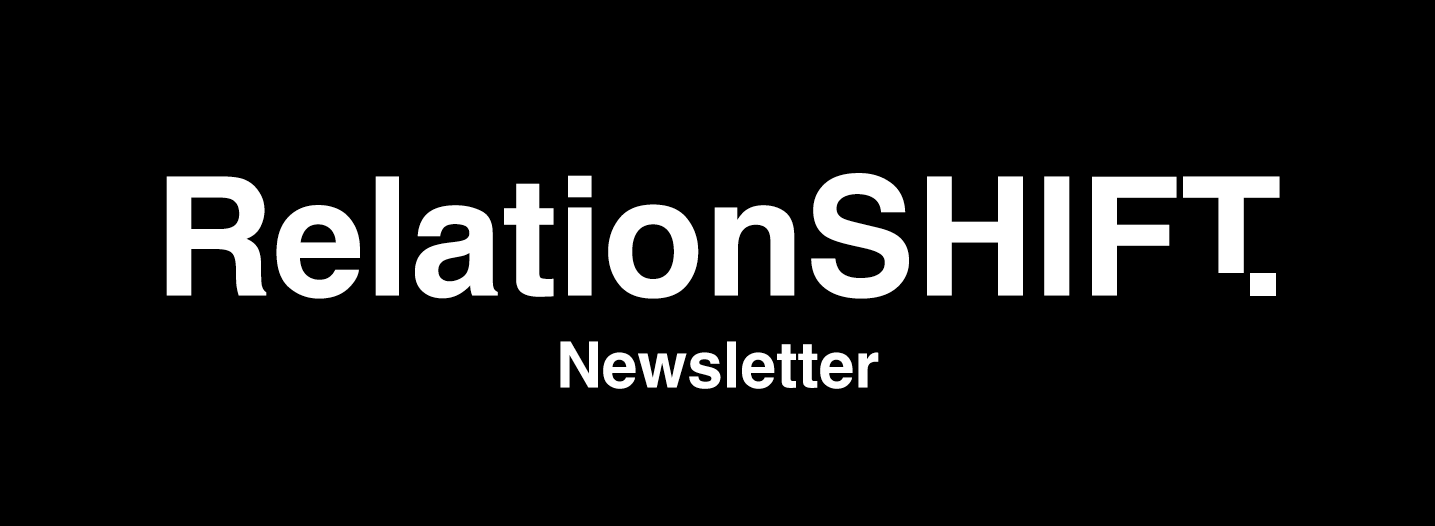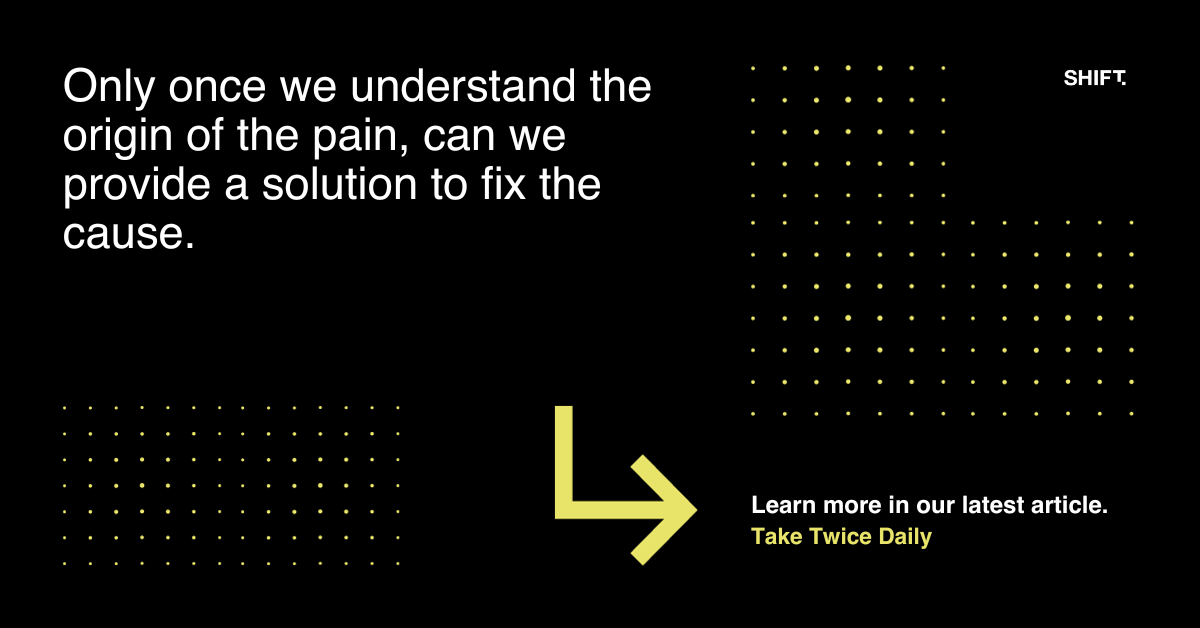‘How much should I charge? How much do you think customers are willing to pay? What if I am too expensive?’
These are just some of the questions (there are many more) that salespeople and businesses think about when trying to set prices and make a profit. These are not easy questions to answer.
Price is what you are asked to pay; value is what you are willing to pay.
Before we go on to discuss value more generally, I want to tell you something very important – people buy on emotion and justify with logic. Think of the last time you paid more for something than you intended to, and ask yourself why. You will find that you bought this item because of how it made you feel or was going to make you feel. Our emotions are part of the brain’s limbic system, which is the non-verbal part of our brain; it has no words and cannot speak – it feels.
This makes it hard to put feelings into words, so we use logic to justify our buying decisions.
As salespeople, we need to understand just how important emotion is when selling. But unfortunately, much face-to-face selling has become logical in its approach: ‘Here’s what we do and here’s our product. Here are the features and benefits. Do you want to buy some?’
As a business, you can set any price based on mathematical, financial or market-driven algorithms or on gut feel. However, value is the subjective decision of the customer based on many emotions and is highly individual to the person and the situation. What is valuable to one person can be less valuable to another, even in the same market and influenced by the same market conditions.
There are several different forces at work when we look at value and how customers perceive the value of what they’re buying.
The Price versus Value model pictured below depicts how these forces work together. There are three fundamental forces:
1. Emotional Connection – How emotionally connected is the customer to what they’re buying?
2. Perceived Value – How much value does the customer see in what they want to buy?
3. Willingness to pay – How much is the customer prepared or willing to pay?

The more understanding and effort that goes into driving greater emotional connection, the more important the value of what the customer is buying becomes and the more they are willing to pay.
Successful brands are a great example of understanding this equation. Think of luxury brands such as Louis Vuitton, Tag Heuer and Chanel and more mainstream brands such as Apple, Lululemon and Nike. Their emotional connection to the consumer influences customers to pay more for the pleasure of wearing, using or just being seen with these products and brands.
At this point, I can hear you thinking, ‘That is all well and good. These are well-known brands, and people will pay more for these, but the brand I work for is not a household brand, so my customers will not pay more for it.’ Your brand does not have to be a household brand like Chanel or Apple or Nike. It just has to be one of the best brands in its target market. You will never have heard of many of the best brands in the world because they’re only relevant to their target market and their customers, and these customers and markets are not part of your world.
Your brand can be just as strong, or even stronger, than any household brand, providing that you sell the value of what you do to your customers and this value resonates with them.
In fact, a higher price can actually reinforce a brand’s perceived value and, in turn, build a greater emotional connection – even when it’s not a household brand. In these situations, we tell ourselves stories in order to create an emotional connection and justify the price we paid. Have you ever walked into a liquor store on the way to a party to look for a bottle of wine that will make an impression, but found you don’t know enough about wine to choose the right one from the huge range? What do you do to help you decide? You look at the prices, of course. You use price to help you determine the quality of the wine, thinking that if it is more expensive, it must be better and in keeping with your social status. Your emotional connection with the wine has now increased, and so has the wine’s perceived value.
It is important to understand that the three forces in the Price Versus Value Model work together but not necessarily in order. This makes it very hard to measure each individual force, particularly as it is highly subjective for each customer. When we add a greater understanding of the customer and ourselves and apply the right effort, we can positively influence these three forces, which in turn allows us to maximise our profitable sales capability. We gain greater confidence to set and stick to our prices when this works.
The Price Versus Value Model illustrates how important emotional connection is to a customer. So, we need to create and strengthen our customers’ emotional connection, first to our brand and then to our product. Which is why relationship selling is important.
